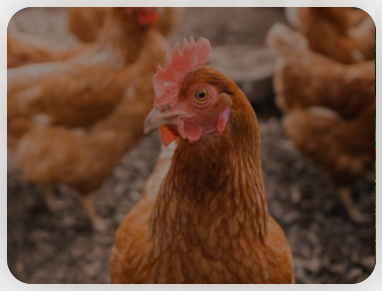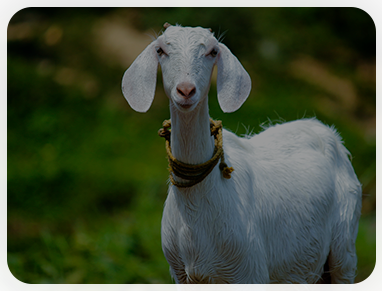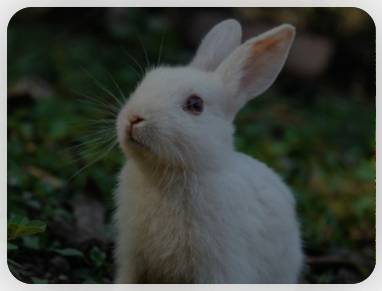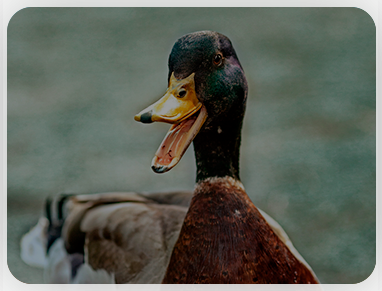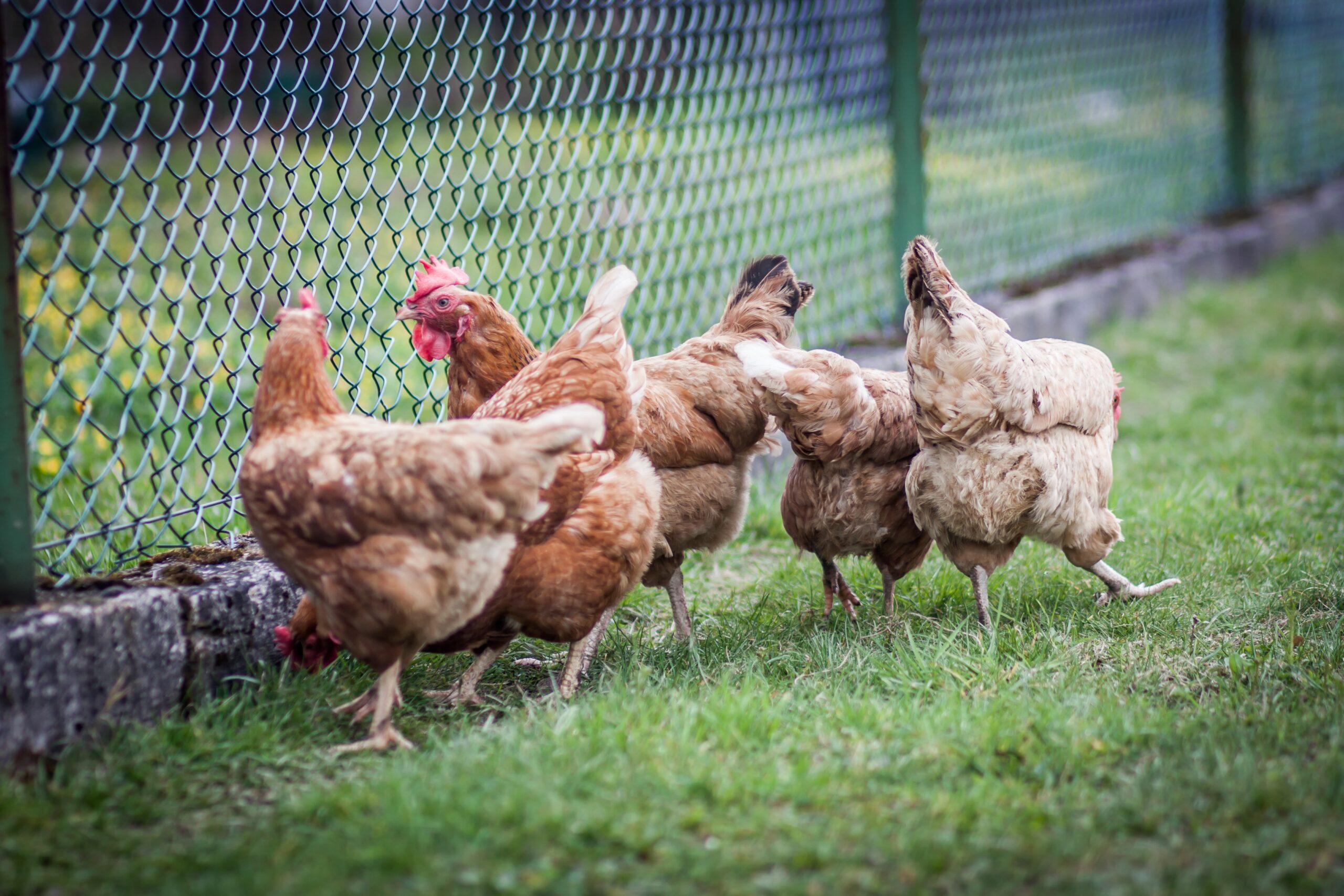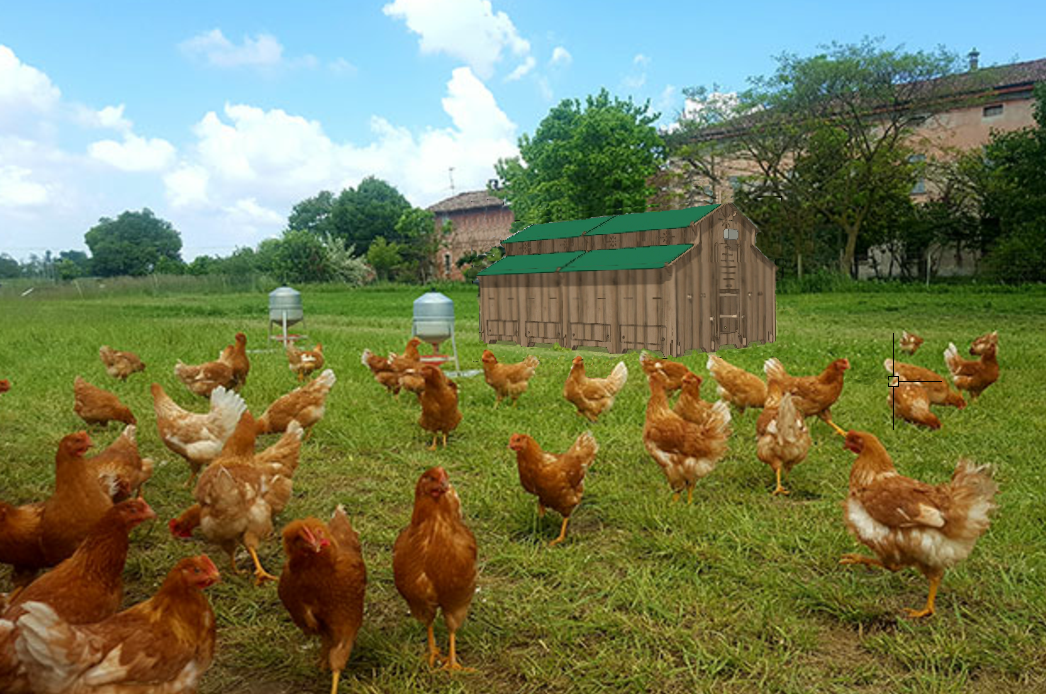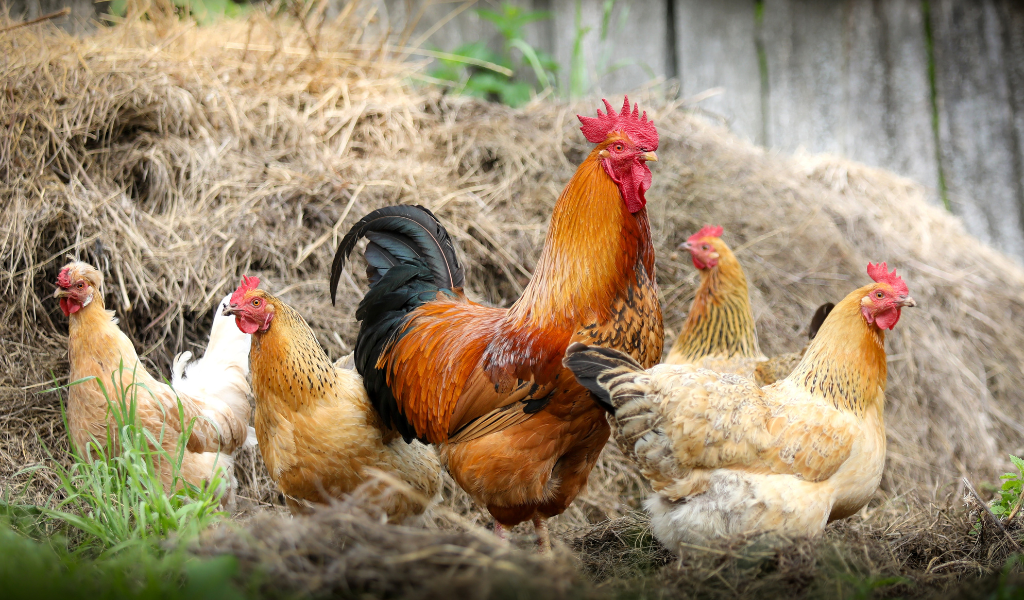After purchasing the hen-house, it's time to create the enclosure, which will allow the hens to scratch on the ground. An area with some vegetation is preferable to a completely bare area, the vegetation allows the hens to shelter especially during the hottest days. In fact, remember that hens fear heat in particular rather than cold.
Another consideration is the size. Given that the hens are quite rustic animals and they adapt easily in many environments and conditions, an enclosure that gives the hens the possibility to move freely and without a great crowd is certainly to be preferred over a confined space in which the hens find it difficult to move.
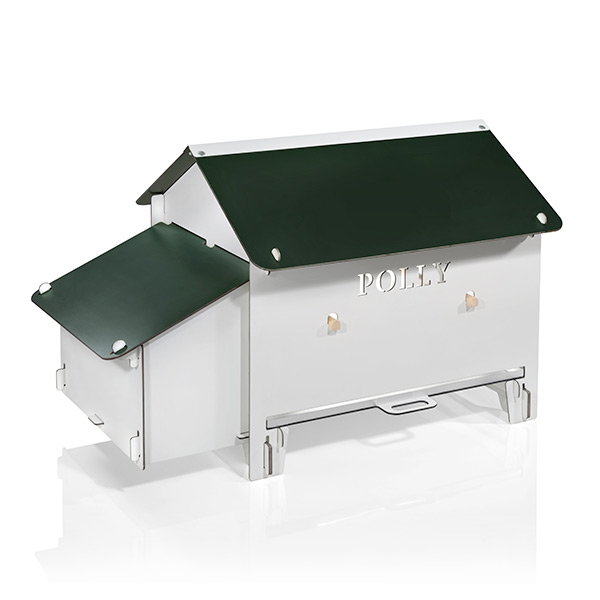 Characteristics of your chicken pen
Characteristics of your chicken pen
With regard to the size of the fence, as mentioned above the more space is given to the hens the better. A square meter is the minimum necessary for a hen, but 2-3 square meters are more suitable measures. Many breeders and small enthusiasts also leave more space, and this is certainly an idea to keep in mind.
La safety is another fundamental aspect to keep in mind. Imagine having bought the chicken coop, having introduced the hens, having built a large enclosure to allow them to scratch, having collected the first eggs and then, suddenly, a fox or a stone marten manages to enter the enclosure and kill all your chickens. A situation you definitely want to avoid. So make sure that the fence is in total safety, both at ground level (foxes, stone martens, weasels, stray dogs and rats) and from the sky (hawks, owls, buzzards, crows, crows and magpies). It is necessary to avoid that even birds such as sparrows and pigeons can access the enclosure, in this way the food intended for the hens will not be eaten and the chances of infection with disease-carrying birds will be reduced.
Then keep in mind that it is necessary clean the fence, in particular when the number of hens is high and therefore there is not only 2-3 specimens. Cleaning must also be easy for you, you must be able to reach all areas of the enclosure to prevent very dirty areas from forming in a short time with all that follows.
Finally, a shelter, outside the hen house but inside the enclosure, in this way the hens will be able to avoid getting wet, for example, but at the same time they will be able to stay outdoors. The shelter will also serve to protect them from the sun.
Il bottom of the fence it can consist of a few centimeters of gravel or a straw bottom. Both solutions allow to avoid, especially during the winter, an easy drainage of liquids and faeces.
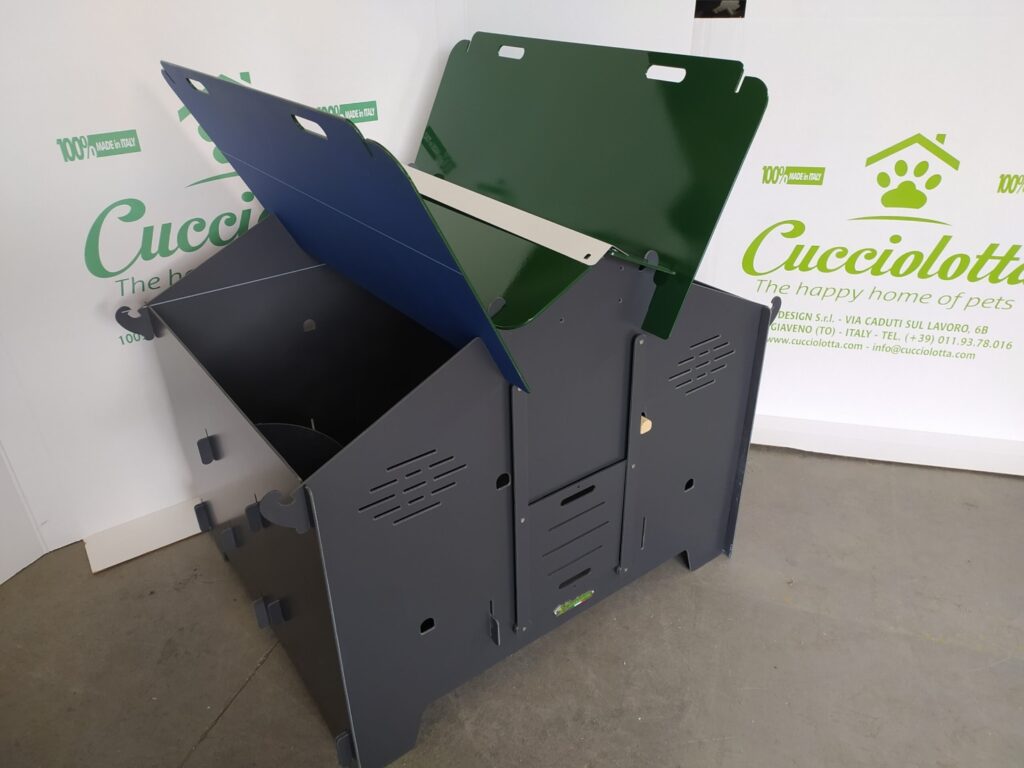 What accessories must be present inside a chicken pen?
What accessories must be present inside a chicken pen?
Some areas where it is possible to feed, possibly spaced from each other so that the dominant hens do not disturb the other hens. The use of anti-waste feeders is the best solution, allow a savings on feed costs and they also make it possible to prevent food from being scattered almost everywhere.
Some areas should be introduced where the hens can drink, and even in this case the best solution is to space them.
There must then be straw inside the area where the hens lay eggs.
Fortunately, hens are easily adaptable and unpretentious animals, so additional accessories can be included but are not mandatory.
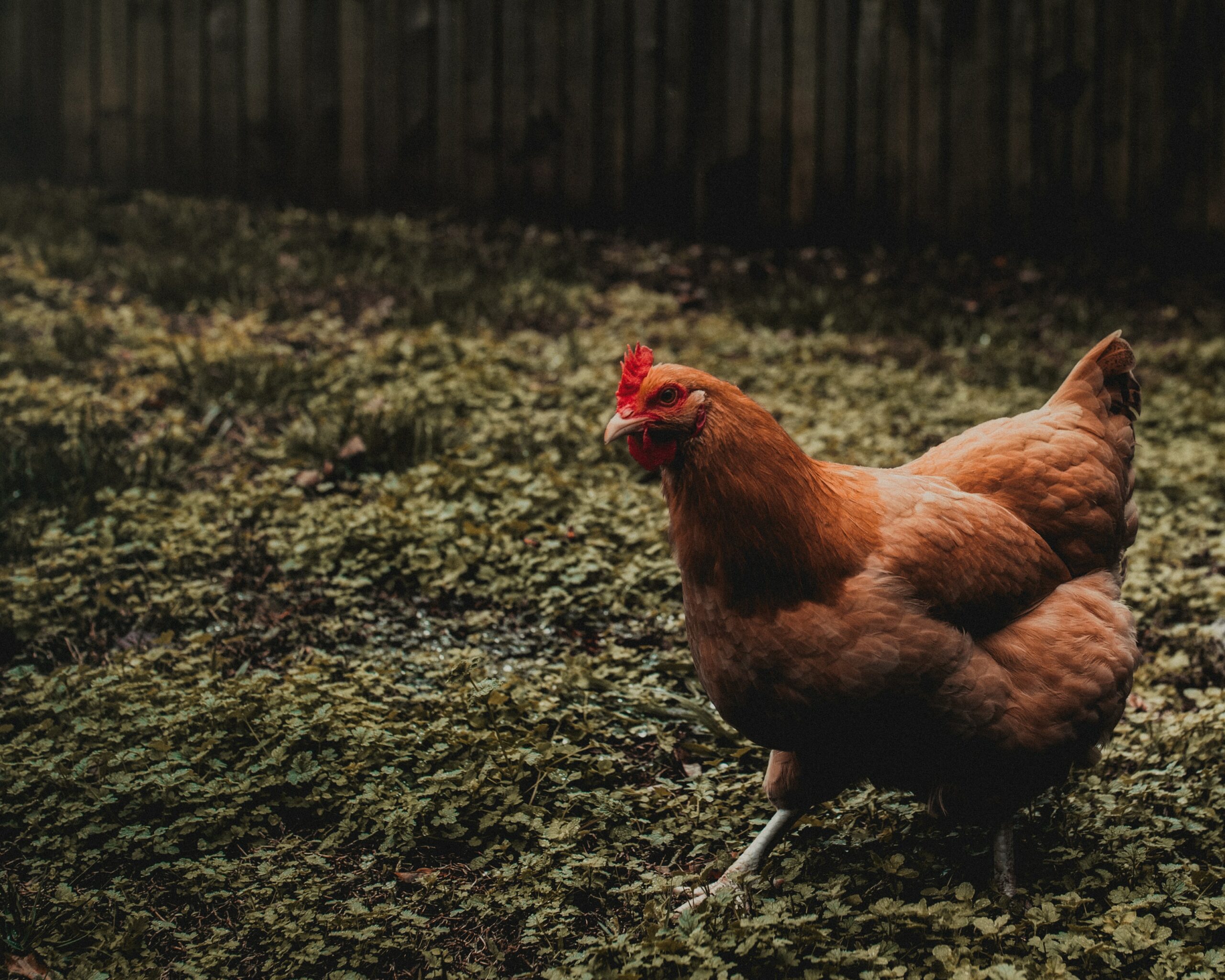
Implement the fence with a Cucciolotta chicken coop
When it comes to keeping chickens, animal safety and welfare are of paramount importance. A crucial factor in ensuring the protection of hens is the implementation of an enclosure adapted to their needs. Let's see how to make a chicken coop using the Cucciolotta chicken coops in High Pressure Laminate (HPL), a resistant and advantageous material.
THEHPL, an acronym for High Pressure Laminate, is a composite material known for its strength and durability. It consists of layers of paper impregnated with thermosetting resins and subjected to high pressure and temperature. This process creates a material that is strong and resistant to wear, moisture and chemicals, making it ideal for a chicken run.
Implementing the chicken coop with i chicken coops Cucciolotta in HPL, you will enjoy:
- Solid structure: By using strong and sturdy HPL panels, a solid structure can be created for the enclosure. The panels can be fixed to a metal or treated wooden frame to provide the necessary stability and strength.
- Doors and accessories: The doors of the pen should also be made of HPL panels, equipped with secure locking systems to avoid accidental escapes of the hens. It is possible to add accessories such as laying bars, nests and feeders, also made in HPL, to improve the comfort and well-being of the hens.
- Ease of assembly: HPL panels can be easily cut and machined to fit any desired size and shape. This makes fence assembly quick and easy, reducing the time and effort required to build it.
Advantages of HPL in Cucciolotta chicken coops
- Durability: HPL is extremely durable and can withstand the daily wear and tear caused by hens moving around in the pen. It is also weather, chemical and mold resistant, ensuring a long service life.
- Ease of cleaning: The layers of resin on the HPL create a smooth, non-porous surface that does not absorb dirt or liquids. This makes cleaning the enclosure much easier and reduces the risk of harmful bacteria buildup.
- Moisture resistance: HPL is impermeable to moisture, which makes it suitable even for outdoor environments exposed to rain or irrigation. It does not deform or deteriorate due to humidity, ensuring a safe and healthy environment for your chickens.
- Safety: HPL is a non-toxic material, free from chemicals harmful to chickens. In addition, its smooth surface without protrusions reduces the risk of injury or injury to the animals.
Implementing a chicken coop with Cucciolotta chicken coops in HPL offers numerous advantages in terms of durability, ease of cleaning, resistance to humidity and safety. This composite material is ideal for creating a protected and comfortable environment for hens, promoting their well-being and the production of quality eggs. Considering the aspects of safety and practicality, the use of Cucciolotta chicken coops in HPL is an excellent choice for farmers who wish to ensure the best quality of life for their hens.

